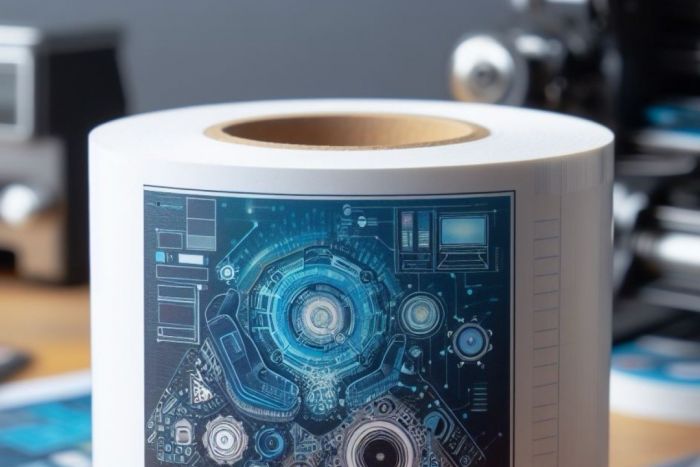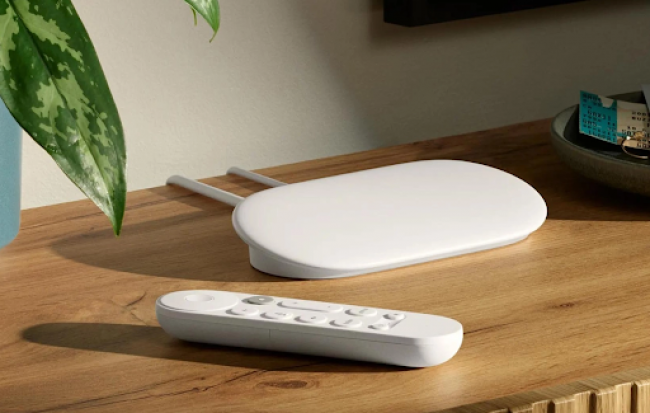Artificial intelligence and automation of label design are proving to be highly disruptive forces within the industry. Modern technology changes how businesses develop, operate, and manufacture product labels.
Digital tools now make for faster, more accurate, and highly personalized label design. Both help companies meet constantly changing consumer demand and strict regulations. AI and automation in label design have led to a fusion of creativity and technology, paving the way for brands to express themselves through label design.
Automated Design Generation
AI-powered AI design generation software is changing the rules when it comes to the really early creative process. Instead, these tools can generate dozens of label designs from brand guidelines in minutes. Modern AI systems are used to model how to design effective labels by analyzing successful label designs for visual elements and layouts. Then, the software considers color harmony, typography, etc., for the best visual appeal.
These AI-generated concepts can then be used as inspiration for designers' creative work. The technology enables the entire brainstorming process to be done quickly while still retaining creative control. This collaboration between human creativity and machine efficiency results in better design outcomes. These tools are very useful for small businesses, offering professional-quality design options. This allows the creative professional to focus on more valuable creative decisions.
Smart Template Customization

Label customization is becoming more efficient and error-free with the help of AI-driven template systems. These systems automatically change the design elements to fit product sizes and shapes. These systems keep it close to the brand but also adjust the design to many different packaging formats.
With innovative templates, graphics can easily be resized without losing quality or proper proportions. The text is readable and correctly placed on all label dimensions provided. Automatic layout adjustments are available on multiple language versions of labels. The pre-set rules and guidelines allow the system to prevent common design mistakes.
Intelligent Color Management
Advanced color management systems give All printing methods perfect color consistency. The AI tools can tell how colors will look on different label materials and surfaces. The software takes care of the color values so that the printing results are identical to those of all processes. By detecting potential color conflicts before costly printing problems, these systems will prevent the miscoloring of printed material.
This smart color management ensures brands keep their identity consistent across all their product lines. The technology considers factors such as material texture and printing technique to give optimal results. Color correction is automated, improving the final printed quality while saving time. This makes brands confident about producing labels at multiple facilities with the same effect.
Quality Control Automation
AI-powered inspection systems are revolutionizing label quality control. They can even see small errors that a human can miss. Advanced cameras and software check every label for print quality and accuracy. The technology ensures the text is readable and the barcodes are properly printed. Automated systems verify the required regulatory information and its correctness.
This offers real-time monitoring and, therefore, the possibility for immediate correction of any problems during printing. Such a level of inspection ensures that companies always keep high-quality standards in place. The technology avoids waste by finding and eliminating problems early in production. This helps a brand protect its reputation by ensuring every label meets quality standards.
Data-Driven Design Optimization
Consumer data is helping brands create more effective label designs with analytics tools. AI systems can analyze which label elements draw the most consumer attention. The technology measures how variations in design choice affect product sales performance.
This is helpful for brands to make informed decisions about label updates and redesigns. Based on the feedback of actual customers, the software can predict the future responses of consumers to the new design elements before they are implemented.
Looking Ahead
The ideal blend of human creativity and technological innovation is the future of label design. As AI and automation increase, label production will become more efficient and reliable, creating better products at lower costs and with fewer errors.
In this way, the technology allows designers to concentrate on their creative side while leaving the boring ones to be automated. The packaging industry's broader digital transformation is apparent in this evolution in label design.
Post Comment
Be the first to post comment!

